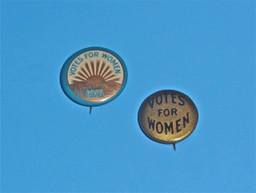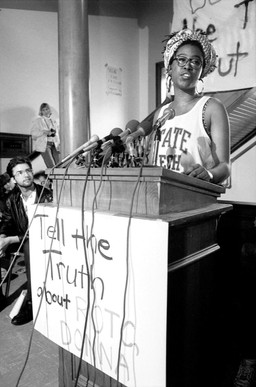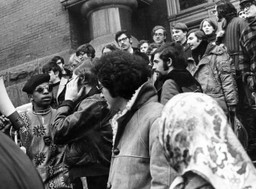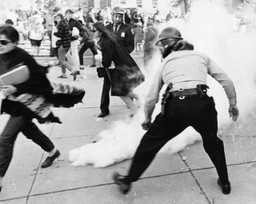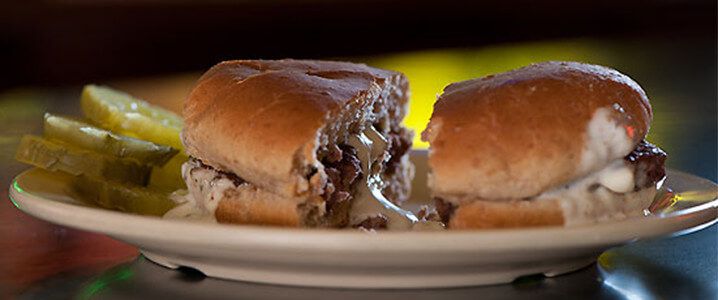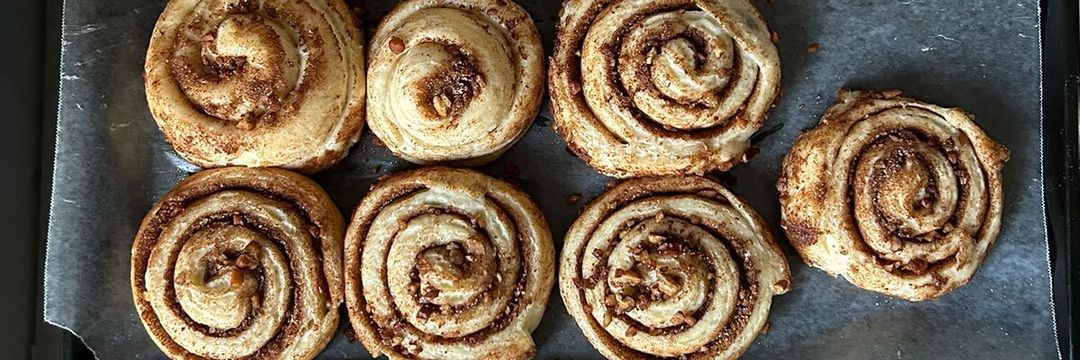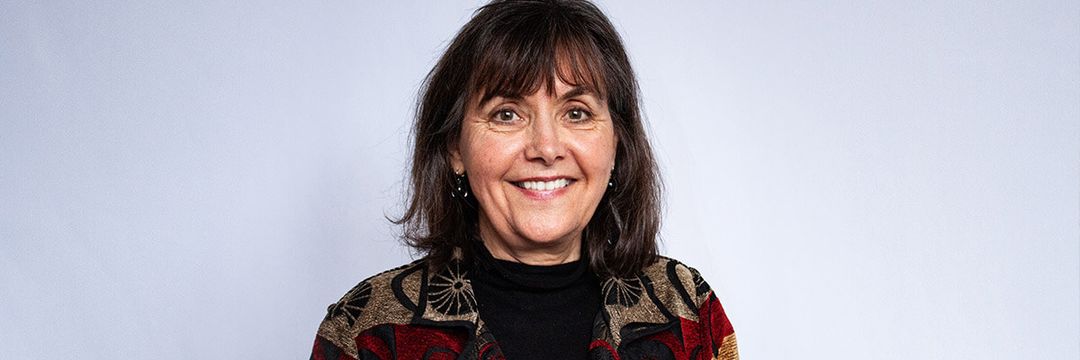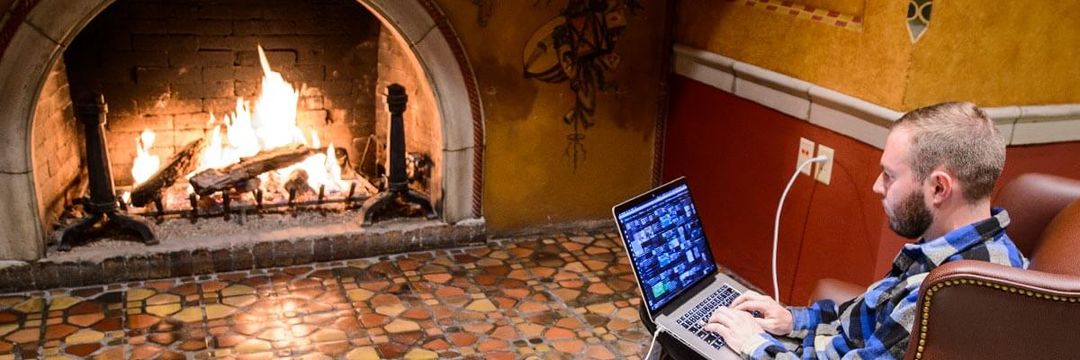From war protests to lunch counter sit-ins, sometimes Badgers abandon their “Midwest nice” reputation and fight for a cause they believe in. Here are five times Badgers took a stand for change.
Assist and Resist
In March 1970, the Teaching Assistants’ Association (TAA) and UW–Madison administration reached a stalemate regarding the renegotiation of the TAA’s collective bargaining contract. The TAA began a five-week strike that ended in April with a renegotiated contract granting them increased job security, a fairer grievance process, and health insurance. Despite these victories, the next 30 years saw much of the TAA’s collective bargaining rights eroded, culminating in ACT 10 in 2011. Photo courtesy of UW Archives S03884
Nevertheless, She Persisted
In April 1919, after decades of campaigning, most of Wisconsin’s congressmen accepted the idea of a national suffrage amendment. Seizing the opportunity, the University of Wisconsin Suffrage Association of 300-plus members hosted weekly demonstrations in the capitol — driving the point home. On June 10, Wisconsin became the first state to ratify the 19th amendment affording voting rights to women.Learn more about the UW’s role in the fight for women’s suffrage. Photo courtesy of UW Archives
Love Is Love
In April 1990, students and faculty began a five-day sit-in outside of Chancellor Donna Shalala’s office, protesting the presence of ROTC on campus because of its exclusion of LGBT members. Shalala and the board of regents supported ending the ban but refused to remove ROTC from campus because doing so would harm the students it supported. Instead, they left the matter to Congress to handle, which it did in 2011 under President Obama. Photo courtesy of UW Archives S06979
Thirteen Demands
In February 1969, a group of Black students brought a list of 13 demands — including increased recruitment of Black students and faculty and the formation of an Afro-American studies department — to the chancellor’s office. They said they would boycott classes beginning on February 10 if the demands were not met. The protests lasted almost a month and often ended violently as the National Guard attempted to quell them. On March 3, the faculty approved the establishment of the Department of Afro-American Studies. Check out the full timeline of events. Photo courtesy of UW Archives S00663
Dow Protests
Antiwar sentiments came to a head in October 1967 when students blocked offices in the Commerce Building where Dow Chemical Co., a producer of napalm, was conducting interviews. The protest ended in a riot with the first use of tear gas on campus. The conflicts between students and the administration continued for the next three years, culminating with death of Robert Fassnacht MS’60, PhD’67 in the Sterling Hall bombing — which saw its 50-year anniversary this August. Bonus content: Hear from six alumni present at the 1967 Dow protests. Photo courtesy of UW Archives S08285
What student activism did you participate in during your time on campus? Share your memories with us.


